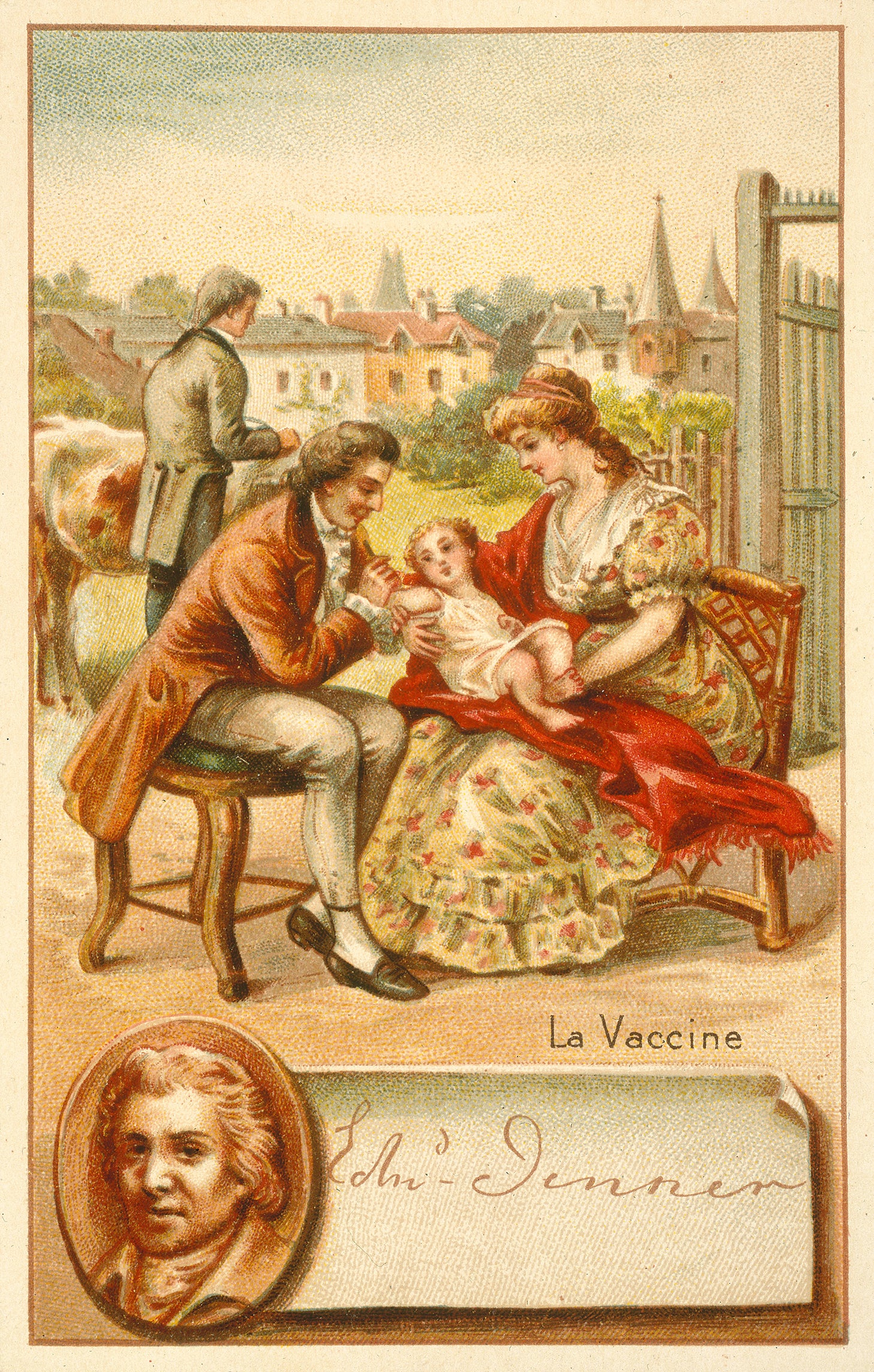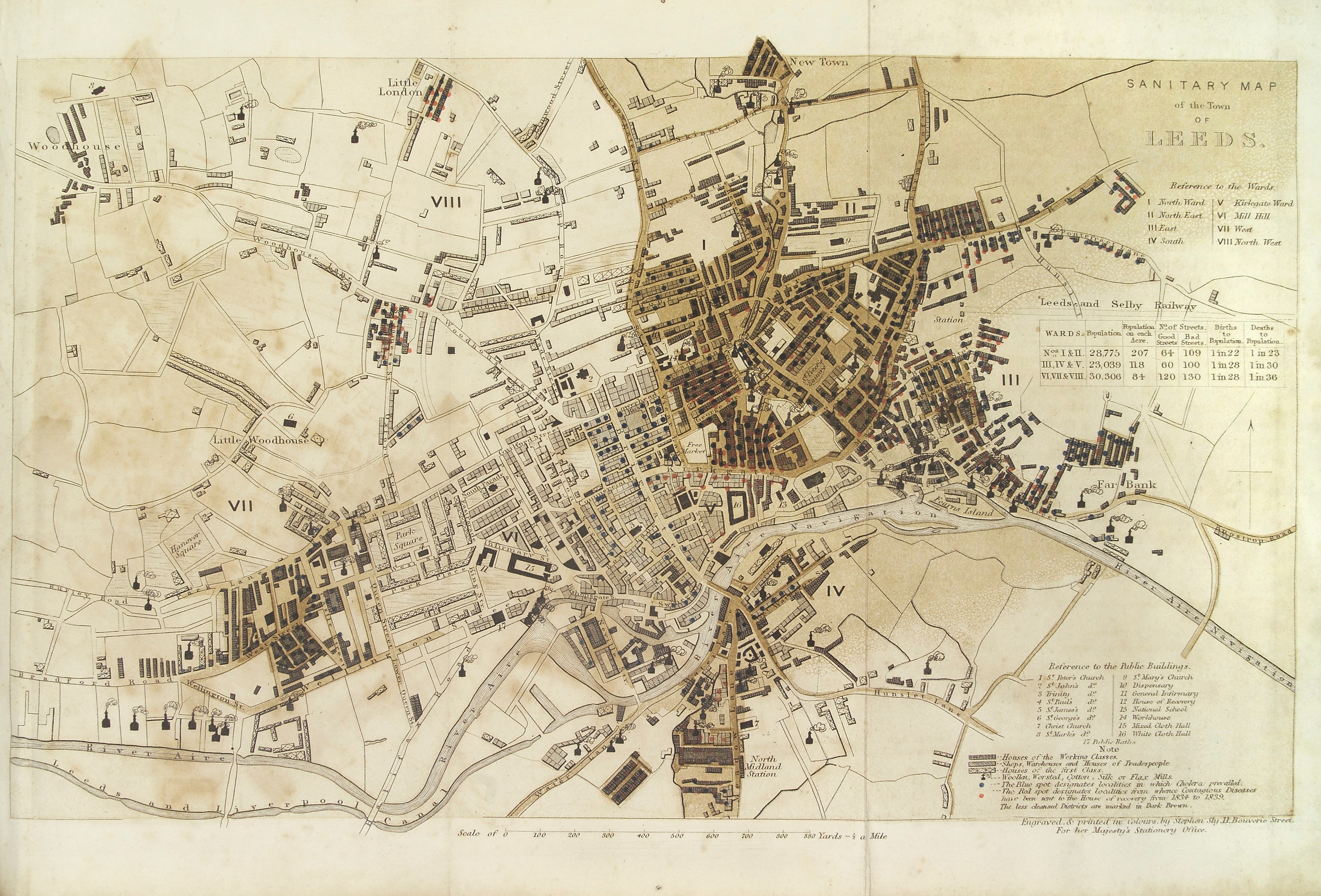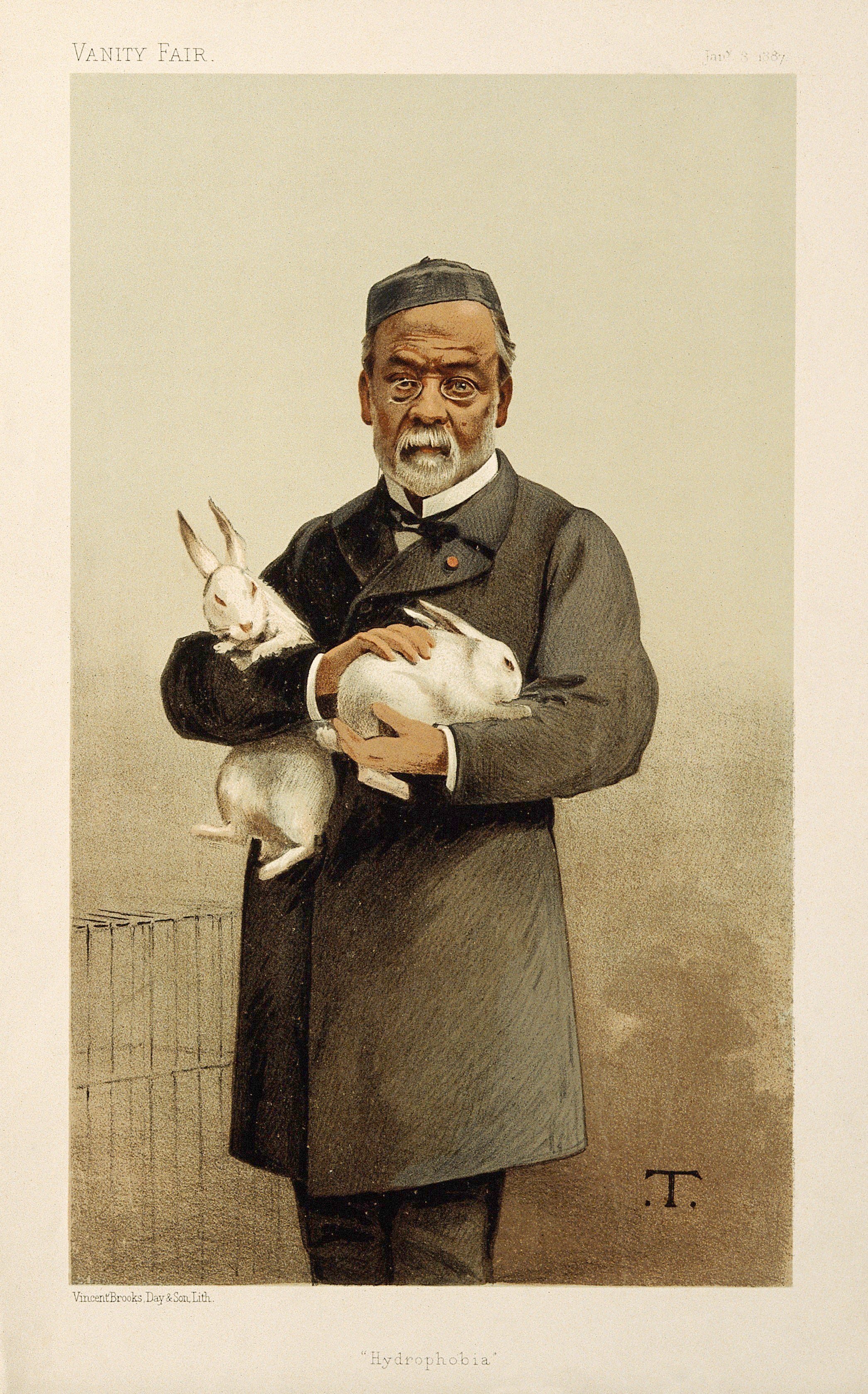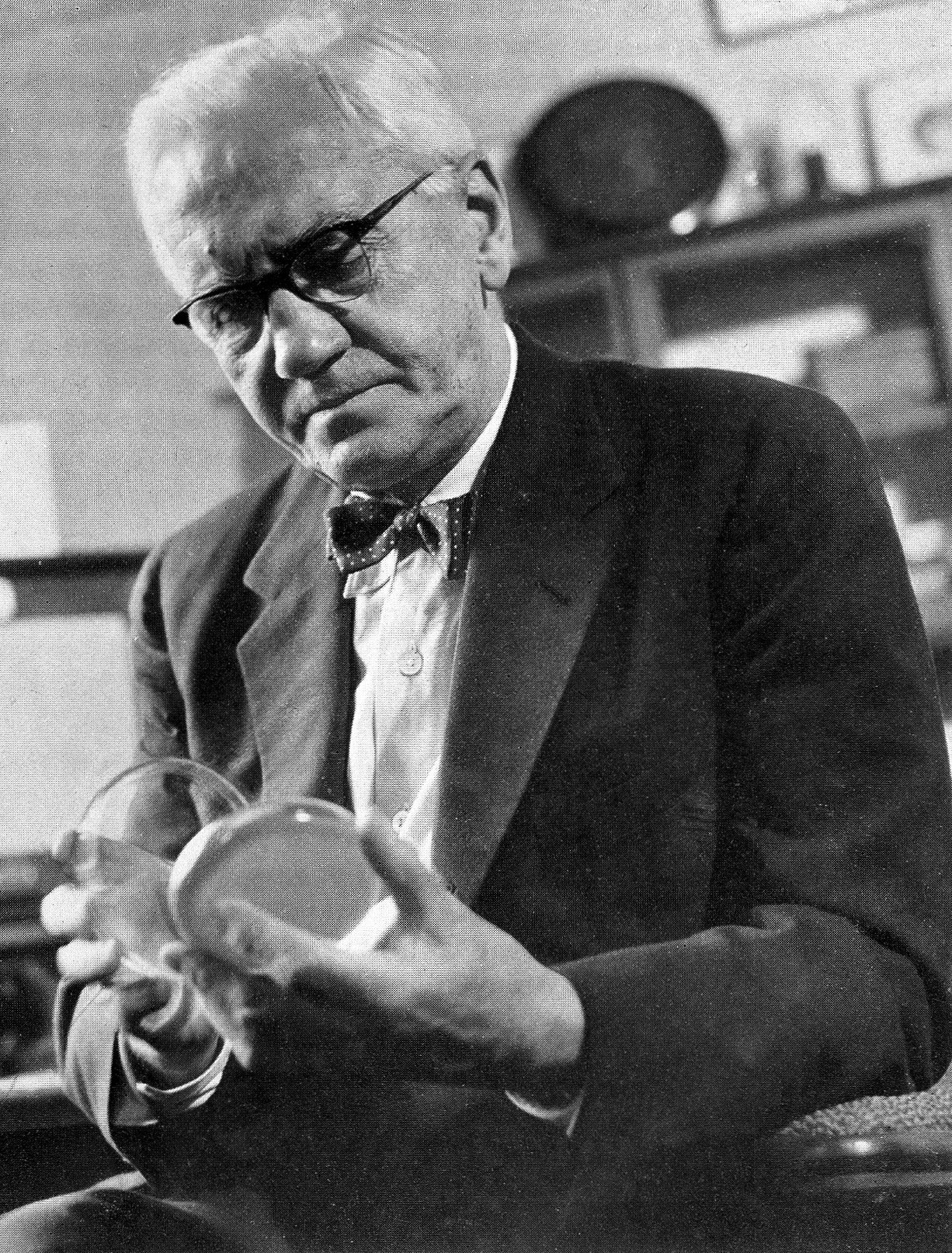A Sample of “Next-Generation” Ideas from the Past

1796 – Vaccination
In 1796, British country doctor Edward Jenner performed the world’s first vaccination, taking pus from a cowpox lesion on a milkmaid’s hand and inoculating an eight-year-old boy. Six weeks later, he inoculated the boy again, this time with material from a smallpox lesion. The boy was unaffected. The experiment laid the foundation for modern vaccinology. In 1980, the World Health Assembly officially declared the world free of smallpox—the first infectious disease to be eradicated. Chromolithograph of Edward Jenner vaccinating a young child. The man in the background is removing cowpox lesions from a cow.
Wellcome Collection.

1842 – Sanitation
In 1842, Sir Edwin Chadwick, a British social reformer, published “Report on the Sanitary Condition of the Labouring Population of Great Britain,” which showed that life expectancy was far lower in towns than in the countryside. The report led to engineering innovations in city water supplies, drainage systems, and garbage disposal, and in the regulation of housing to provide for better ventilation. The “Sanitary Idea,” as it was called, led to major reductions in such scourges as cholera and tuberculosis. Chadwick’s sanitary map of Leeds, Wellcome Collection.

1860s – Pasteurization
In the 1860s, French microbiologist and chemist Louis Pasteur discovered that heating wine to a sufficiently high temperature and for a long enough time killed the microbes that caused the wine to spoil. Now known as “pasteurization,” by the late 1800s this heat treatment was adapted for raw milk, preventing such infections as tuberculosis, scarlet fever, and typhoid fever, and killing such disease-causing bacteria as Salmonella, E. coli, and Listeria.
Louis Pasteur, with two white rabbits in his arms.
Color lithograph by T. Chartran, 1887, Wellcome Collection.

1928 – Antibiotics
Sir Alexander Fleming, Wellcome Collection.

1960 – Family Planning
The U.S. Centers for Disease Control and Prevention calls family planning one of the 10 great public health achievements of the 20th century. Reliable contraception has led to smaller families, longer intervals between childbirth,and a subsequent decline in infant, child, and maternal deaths. In 1960, the U.S. Food and Drug Administration approved the first birth control pill.
iStock / shawshot

1966 – Safer Cars and Trucks
In 1966, the U.S. government enacted the National Traffic and Motor Vehicle Safety Act, the first law to set mandatory federal safety standards for motor vehicles and road traffic safety. The life-saving improvements that followed included safety belts, headrests, energy-absorbing steering columns, shatter-resistant windshields, and child safety seats. In 1923, the motor-vehicle death rate was 18.65 deaths for every 100 million miles driven. Since then, the mileage death rate has dropped 93 percent.







